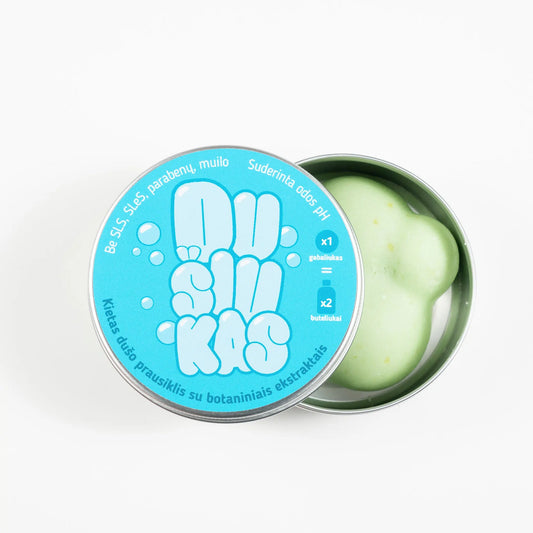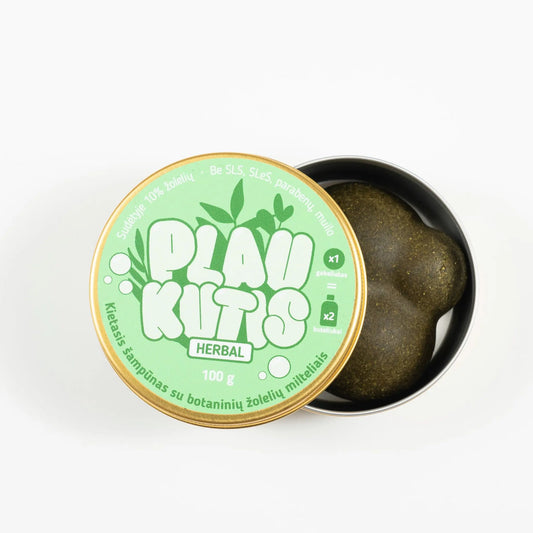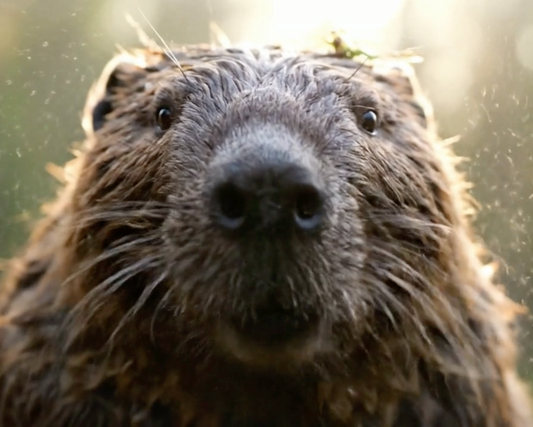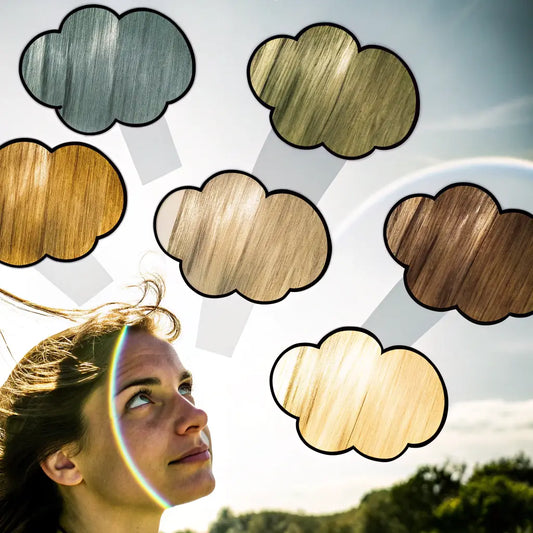Hair has always been a powerful symbol, representing beauty, identity, and strength. But when faced with extreme conditions—disaster, isolation, or other unusual circumstances—hair often behaves in ways that amaze scientists and the public. From the inexplicable growth of hair during trauma to its resilience in the most challenging conditions, hair holds many mysteries.
In this article, we'll explore interesting cases of hair growing in extreme conditions, delve into scientific theories, and learn how hair has played an important role in historical forensics. Here, you'll find unexpected facts, figures, and studies that reveal the unique importance of hair in human life.

Hair growth in isolation and extreme conditions
Under normal conditions, hair grows about 1.25 cm per month . However, some cases show that hair growth can behave unpredictably under extreme circumstances, such as isolation or physical trauma.
1. Unexplained hair growth in prisoners: a symbol of survival?
Prisoners who have been in captivity for long periods of time, especially those who have experienced stressful and life-threatening conditions, sometimes report increased hair growth. This phenomenon has been observed in prisoners of war and those who have experienced prolonged isolation, such as in survival stories after shipwrecks or plane crashes.
- Historical fact: During World War II, some prisoners in Nazi concentration camps reported increased hair growth despite suffering from malnutrition and high stress. Researchers suggest that in some cases, the body may prioritize hair regeneration when entering a “post-traumatic recovery” phase.

One theory is that stress causes telogen effluvium, a condition in which hair enters a resting phase and falls out quickly. However, as the body begins to recover, new hair growth may be stimulated, leading to a sudden burst of hair regrowth after a period of extreme stress.
- Research findings: A 2018 study by the National Institutes of Health (NIH) found that 30% of participants who experienced high levels of stress experienced a sudden surge in hair growth after the stressor passed, supporting the theory of a “rebound effect” in hair follicles after extreme situations.
2. Hair growth in monasteries: spiritual growth and hair health?
Hair growth in many religious orders, especially monks and nuns, has been observed as an unusual phenomenon in isolated living conditions. For example, in Tibetan monasteries, monks often shave their heads, but those who let their hair grow sometimes report that it grows faster and healthier than when living outside the monastery.
- Cultural fact: In Hindu tradition, long hair is considered a spiritual practice, especially among ascetics who renounce worldly goods. Many ascetics, including sadhus in India, let their hair grow for decades, claiming that a stress-free life and meditation promote healthier hair.

Some research suggests that reducing stress through activities like meditation or prayer reduces cortisol levels in the body, which may have a positive effect on hair health. High cortisol levels are known to cause hair loss and thinning, while lower cortisol levels could promote stronger, more resilient hair.
- Interesting number: A 2014 study published in the journal Psychosomatic Medicine found that people who meditated regularly had 25% lower cortisol levels than those who didn't, which may be linked to better hair health.
3. Hair in Space: Astronauts and Hair Growth in Zero Gravity
Life in space is one of the most extreme environments a human can experience. But hair is surprisingly resilient in the absence of gravity. While astronauts don't report any significant changes in their hair growth, their hair care routines in space are completely different from what they normally do on Earth.
- Fun fact: In 2015, astronaut Samantha Cristoforetti revealed that she used a leave-in shampoo to wash her hair in space, claiming that caring for hair in zero gravity was one of the more challenging aspects of personal care.

While hair growth rates in space remain similar to those on Earth, hair behaves differently due to the absence of gravity. Without gravity, hair floats freely, which can cause tangles and make it difficult to maintain. However, hair's ability to grow remains unchanged, despite the challenges of the space environment.
- Interesting fact: Astronauts on the International Space Station spend 15-20 minutes a day on personal care, including hair care in zero gravity.
Scientific theories about hair growth during disasters
Hair exhibits unusual behavior during disasters and extreme conditions. Some theories link this phenomenon to trauma, hormonal changes, and the body's survival instincts.
1. Hormonal Response to Trauma: Can It Promote Hair Growth?
Extreme trauma can trigger complex hormonal responses in the body. Cortisol, adrenaline, and other hormones are released into the body in response to stress, preparing it for fight or flight. In many cases, long-term stress causes hair loss. However, in some cases, short-term stress can stimulate hair follicles, leading to faster hair growth during the recovery period.
- Research Insight: A study by the American Academy of Dermatology (AAD) found that 20-30% of people who experienced significant stress or trauma noticed temporary episodes of hair loss, followed by rapid hair growth once stress levels subsided.

While this phenomenon of hair growth after trauma is still a mystery, some researchers suggest that the body may be trying to return to "normalcy" after a life-threatening event by promoting faster cell regeneration in non-essential areas of the body, such as hair.
2. Hair growth in extreme cold: the case of high-altitude climbers
Climbers and explorers at high altitudes, such as those climbing Mount Everest, face extreme cold, lack of oxygen, and high levels of physical stress. However, some report unusually strong hair growth during their expeditions, despite the hostile conditions.
- Fun fact: In 2017, several climbers who had scaled Everest noticed that their hair grew back faster when they returned to lower altitudes. Scientists speculate that the hypoxia (low oxygen levels) of high altitudes may activate hair follicles as a survival mechanism.

One theory suggests that the body's adaptation to extreme conditions, such as increased blood flow to vital organs, may inadvertently stimulate hair growth due to improved circulation. While this theory has not yet been confirmed, anecdotal evidence from climbers and survivors of extreme environments continues to suggest a link between altitude and hair growth.
Hair as a tool of justice: historical and contemporary cases
Hair has long played a significant role in forensics, providing crucial evidence in solving crimes, identifying victims, and uncovering historical mysteries. Due to its resilience, hair can survive extreme conditions, preserving valuable information for years—and sometimes even millennia.
1. Historical cases: hair as evidence in criminal investigations
One of the earliest examples of hair being used as evidence in a crime was the case of Henriette Caillaux in 1914. Her husband was acquitted of murder when hair found at the crime scene did not match the victim. This case was one of the first uses of hair analysis in forensic medicine.
- Fun fact: Hair can retain trace elements, such as drugs or toxins, for up to 90 days , making hair samples invaluable for investigating long-term substance use or exposure to harmful substances.

In modern forensic science, hair DNA analysis has become a crucial tool in criminal investigations. Hair samples are used to link suspects to crime scenes, identify victims of disasters, and even solve historical cases that have been unsolved for a long time.
2. Hair in Archaeology: Unlocking the Mysteries of the Past
The durability of hair also makes it valuable for archaeology. Mummies and other well-preserved ancient remains often retain hair, which provides insight into the person's diet, health, and living conditions. For example, hair samples from ancient Egyptian mummies have revealed what dyes and oils were used to care for their hair.
- Interesting fact: The oldest hair samples found in mummified remains are as old as 3,000 years , allowing researchers to analyze the health status and lifestyle of ancient civilizations.
3. Hair DNA Analysis: A Forensic Breakthrough
Advances in DNA analysis have revolutionized the way hair is used in forensics. Using mitochondrial DNA—which is found in strands of hair without roots—researchers can link hair to the maternal family line even when other DNA evidence is lacking.

- Interesting fact: Hair DNA analysis is 90-95% accurate when the root is preserved, providing crucial evidence in many criminal investigations. Without the root, mitochondrial DNA testing can still yield a 70% accuracy result.
- Case study: The case of notorious serial killer John Joubert , who was caught in 1983 and involved hair evidence that linked him to the crimes, was a major turning point in the use of hair in forensics.
Myth busting and interesting facts
- Myth: Hair stops growing in extreme cold.
Fact: While hair can become more brittle in cold, dry environments, it still grows at a normal rate. Some high-altitude climbers even report stronger hair growth after returning from cold expeditions. - Interesting fact: Astronauts in space have to adapt to special hair care procedures - they use shampoos that do not require rinsing, because using water becomes difficult in the absence of gravity.
- Myth: Stress always causes hair loss.
Fact: While long-term stress often causes hair loss, short-term bouts of stress can cause a "rebound effect," where hair starts to grow faster after the stress. - Fun fact: The hair of 3,000-year -old ancient Egyptian mummies was preserved in excellent condition, revealing that ancient civilizations used natural oils and dyes to preserve hair.
- Myth: Hair needs sunlight to grow.
Fact: While vitamin D from sunlight is beneficial for hair health, hair follicles can also function in dark environments, as evidenced by people who live in isolation or spend long periods underground.

Practical tips and solutions
- Protect your hair in extreme weather: If you are in extreme conditions, such as extreme heat or cold, always wear a hat or scarf to protect your hair from environmental damage.
- Manage stress for better hair health: Use relaxation techniques such as meditation or breathing exercises to reduce cortisol levels and promote healthier hair growth.
- Adapt your hair care routine: If you find yourself in an extreme environment (such as high altitude or while traveling), make sure your hair care products are suitable for the climate and environment.
Frequently Asked Questions (FAQ)
- Can hair really grow faster when stressed?
In certain cases, short-term stress can cause temporary hair loss, and after the body recovers, hair begins to grow faster. - How does hair behave in space?
Hair grows at a normal rate in space, but maintaining it in the absence of gravity requires special shampoos and tools to prevent tangling. - Can extreme conditions permanently damage hair?
Prolonged exposure to adverse climate conditions, such as extreme cold or heat, can cause hair to become brittle or break, but proper care can often restore damaged hair. - Why is hair used in forensic medicine?
Hair retains trace elements and DNA, making it an important source of evidence for solving crimes, identifying individuals, and studying ancient populations. - Does hair grow faster in warmer climates?
Yes, hair growth is often faster in warm, humid environments because increased blood flow stimulates hair follicles.

Conclusion: Understanding Hair Resilience
Hair is more than just an aesthetic feature – it is a symbol of survival and strength. Whether growing in isolation, surviving space travel, or providing crucial evidence in criminal cases, hair continues to demonstrate its ability to adapt and survive. By understanding the secrets of hair growth in extreme conditions, we can better appreciate the important role hair plays in human life.













